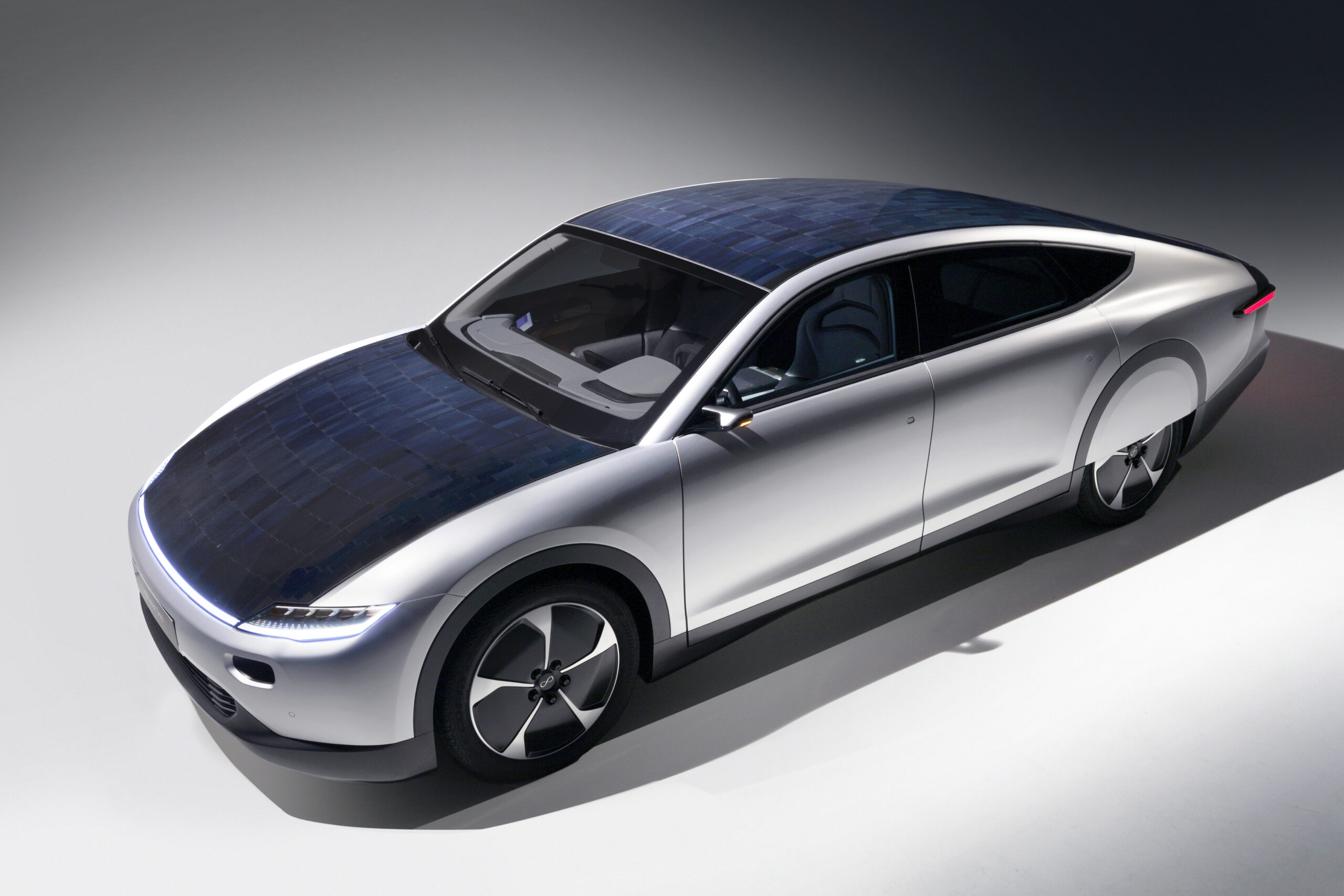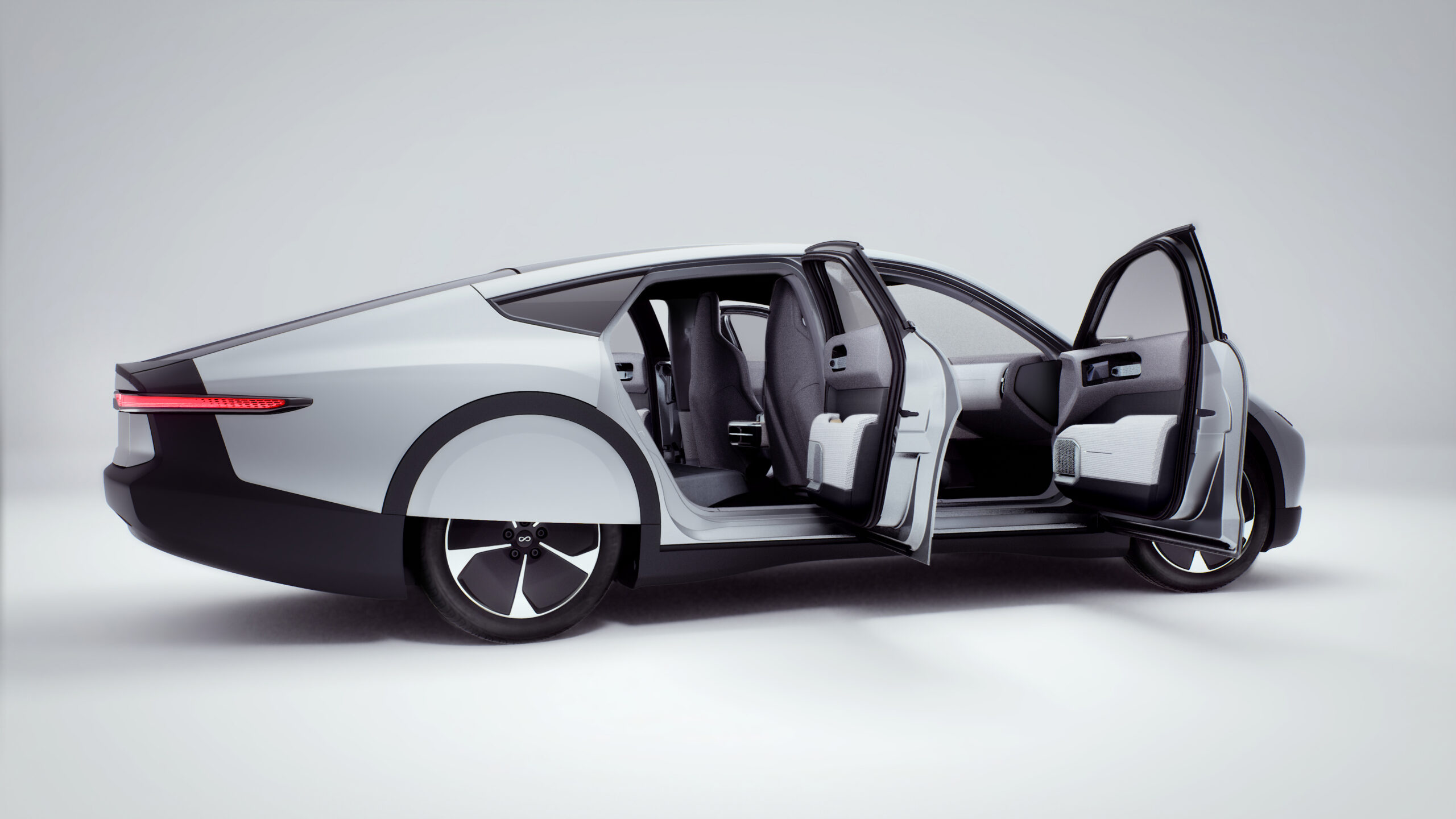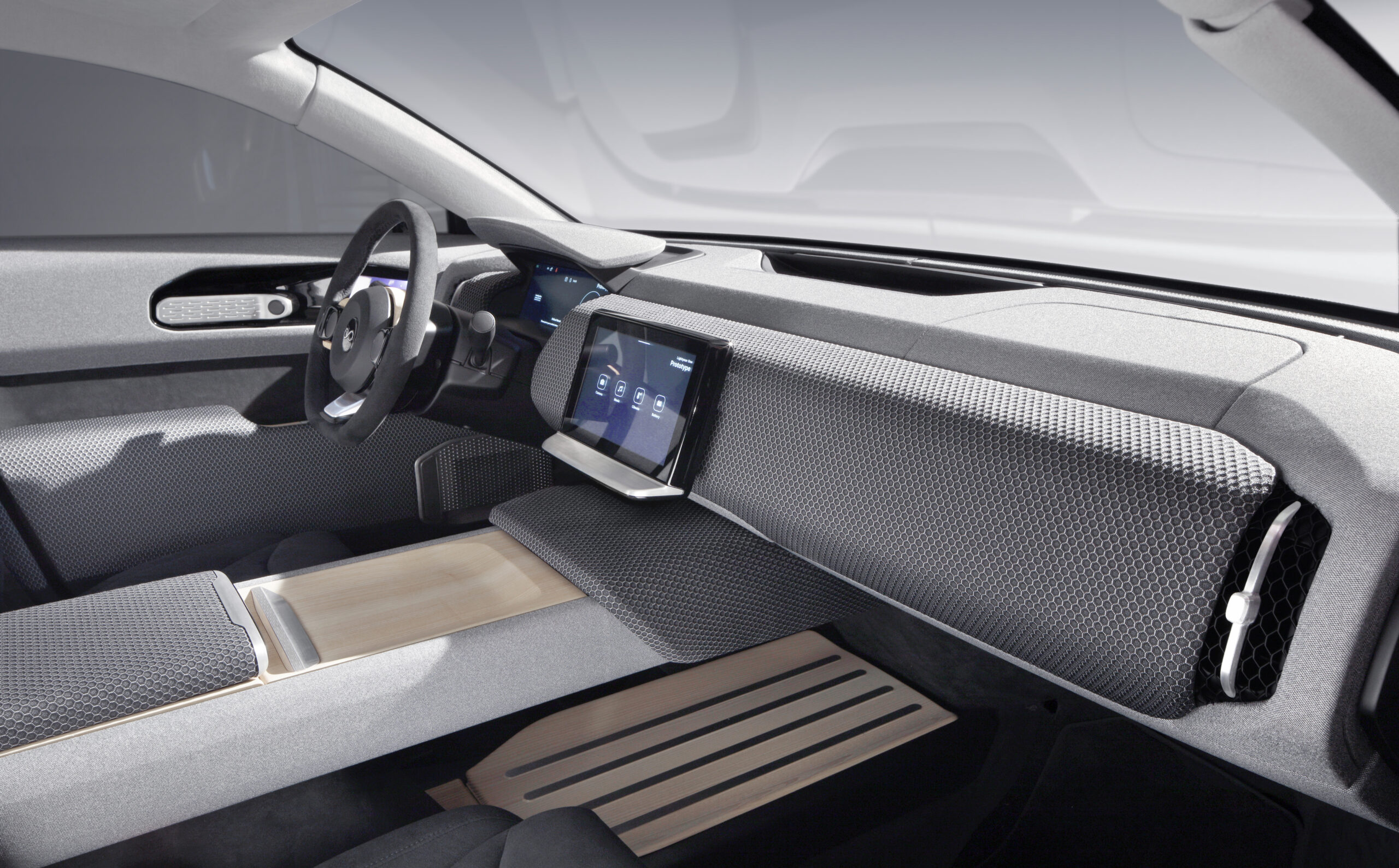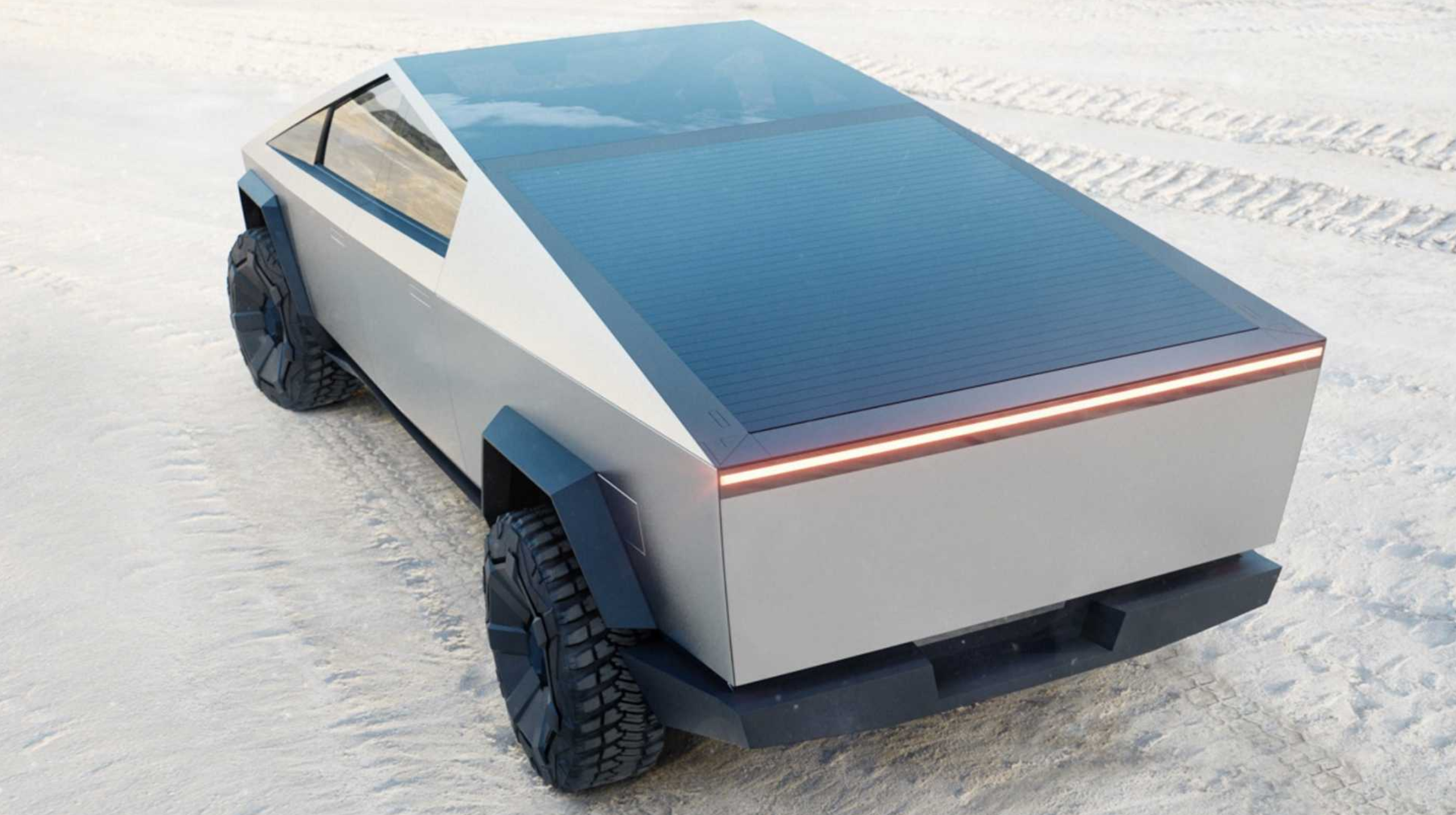Lightyear One is a long-range, self-charging, solar powered car that can achieve more miles than Tesla’s Model S and is currently being developed by a manufacturer in the Netherlands. Samuel Ballard reports
The highly aerodynamic, futuristic, Lightyear One car is powered by 54 sqft of solar panels that cover its bonnet and roof. While one single charge of its battery lasts about 450 miles (compared to the Tesla Model S’s 379 miles), the solar panels can add 7.5 miles every hour to the vehicle’s range.
What this means is, if you live in the right climate, solar power could add 12,000 miles worth of energy to your car every year, eliminating the need to search out charging stations when taking a long road trip. However, at US$170,000, Lightyear One won’t be for everyone (for now). According to the EU, cars contribute to 12 per cent of European greenhouse gas emissions, and without a radical change in the way we use transport, it is set to increase drastically.
According to the EU, cars contribute to 12 per cent of European greenhouse gas emissions, and without a radical change in the way we use transport, it is set to increase drastically.
Lightyear was founded by Lex Hoefsloot in 2016 and plans to put the Lightyear One into production in 2021.
A working prototype was unveiled in 2019, with Hoefsloot saying: “This moment represents a new era of driving. Two years of dreaming, thinking and working hard have led to this milestone, which is a giant leap towards achieving our mission of making clean mobility available to everyone.” He added: “Climate change is such a frightening development that it’s almost paralysing. We decided to do the opposite; as engineers, we believed we could do something. Lightyear One represents an opportunity to change mobility for the better.”
He added: “Climate change is such a frightening development that it’s almost paralysing. We decided to do the opposite; as engineers, we believed we could do something. Lightyear One represents an opportunity to change mobility for the better.”

While the company will start with a luxury model, this is purely to offset development costs. Hoefsloot says: “Since new technology has a high unit cost, we have to start in an exclusive market; Lightyear One is the first long-range solar car and has staggering specifications.” However, he says: “The next models we plan to develop will have a significantly lower purchase price. In addition, future models will be provided to autonomous and shared car fleets, so the purchase price can be divided amongst a large group of users. Combined with the low operating costs of the vehicle, we aim to provide premium mobility for a low price per kilometre.
However, he says: “The next models we plan to develop will have a significantly lower purchase price. In addition, future models will be provided to autonomous and shared car fleets, so the purchase price can be divided amongst a large group of users. Combined with the low operating costs of the vehicle, we aim to provide premium mobility for a low price per kilometre.
“A third, final step will be to provide truly sustainable cars that are more affordable to use than the cost of gas you need to drive a combustion car. This will prove to be our most important tipping point in the near future, and it will pave the way for a car fleet that is one hundred percent sustainable.” Tesla recently released details of its hyper-cool, bullet-proof Cybertruck, which will come with an optional solar panel roof that will add an extra 15 miles of driving per day. (For more information on solar car battery chargers, read this comprehensive guide on carbibles.com.)
Tesla recently released details of its hyper-cool, bullet-proof Cybertruck, which will come with an optional solar panel roof that will add an extra 15 miles of driving per day. (For more information on solar car battery chargers, read this comprehensive guide on carbibles.com.)
The angular, all-electric vehicle can also come with a camper configuration add-on with a pull-out kitchen, foldable countertop and sleeping quarters beneath a pop-up tent that extends upwards from the back of the truck. The Cybertruck be have a battery with a maximum range of 500 miles when it is released towards the end of 2021. Prices will start from US$39,900 for the most basic model and climb up to US$69,900 with additional fees for a self-driving option to be installed.
The Cybertruck be have a battery with a maximum range of 500 miles when it is released towards the end of 2021. Prices will start from US$39,900 for the most basic model and climb up to US$69,900 with additional fees for a self-driving option to be installed.
“Supercharged Road Trips” was one of the trends Globetrender highlighted in its Future of Luxury Travel Forecast, and is one that is certain to boom in the age of coronavirus as it’s the most hygienic form of transport for individuals.
What’s coming next? Trend reports available to download HERE



